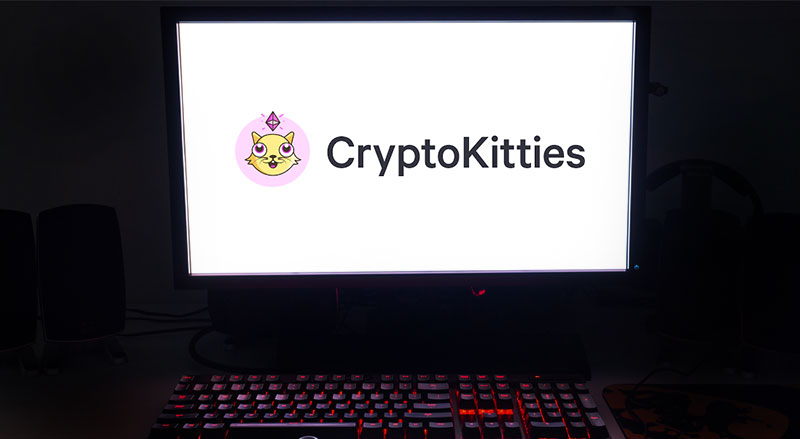The blockchain landscape has advanced rapidly in the last five years, meaning that some major projects still need to scale effectively or simply no longer exist. This also brings into question the longevity of certain projects and highlights the importance of building on a stable and scalable protocol such as the BSV blockchain.
This is perhaps most evident in the case of CryptoKitties, one of the world’s first big blockchain games, which saw a meteoric rise in 2017 but also led to significant congestion on the Ethereum network.
This was one of the major talking points at the Unbounded Capital Summit recently held in New York. A panel of veterans and innovators discussed the impact of blockchain on the gaming sector and how it is set to change the industry.
The panel was hosted by Jackson Laskey, (Senior Advisor at Unbounded Capital), and included:
- Tyler Farnsworth, Chief Marketing Officer at Built by Gamers;
- Adam Kling, Founder of FYX Gaming;
- Brenton Gunning, Founder/Creator of Run;
- Joe de Pinto, Co-Founder of Haste Arcade
My blockchain doesn’t scale – now what
Gunning noted that CryptoKitties was effectively one app, which did not have many transactions within the context of other blockchain projects but still managed to disrupt Ethereum significantly.
‘The team behind CryptoKitties looked at Ethereum after the event and asked whether this is the right protocol for them and whether it can scale effectively as they don’t want this to happen again,’ he said.
‘(They had to ask) where is Ethereum planning to go, and where is it still going today? Then they realised that this is not going to work for them.’
Gunning pointed to Ethereum’s plans to shard its network into 32 different instances, which means that it will take extra work to move assets from one shard to another for game developers. This creates problems not only for the developers of a system but also for the end-user who will bear the impact of this change to the protocol, he said.
The importance of scalability for blockchain applications
‘The developers of CryptoKitties looked at this, realised it isn’t going to work, and they ended up creating their Flow blockchain. Flow blockchain alongside the BSV blockchain does not shard its network. It’s one network that massively scales.’
‘This is the case for some other blockchains such as Solana, but by and large this approach is not taken by the vast majority of other blockchains – and it points to the importance of being forward-looking.’
The other thing that the Flow blockchain and the BSV blockchain have in common is that they have individually-owned assets on the blockchain, Gunning said. He noted that Ethereum only works with smart contracts.
‘It’s a nicer model to programme for frankly. So you are seeing this evolution towards easier-to-use, more secure and more scalable blockchains that BSV fits nicely into.’
